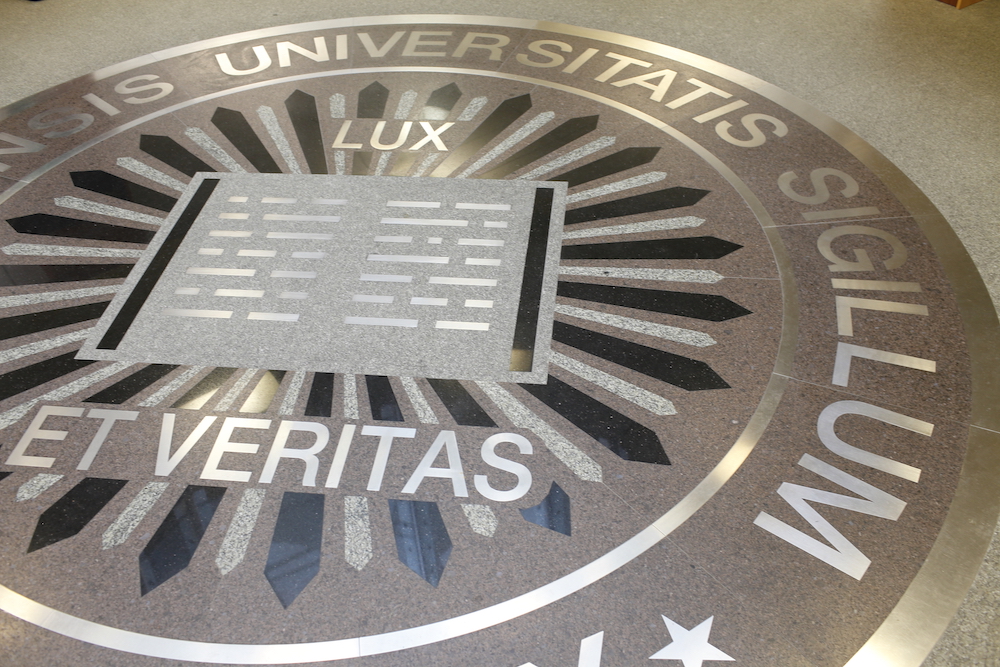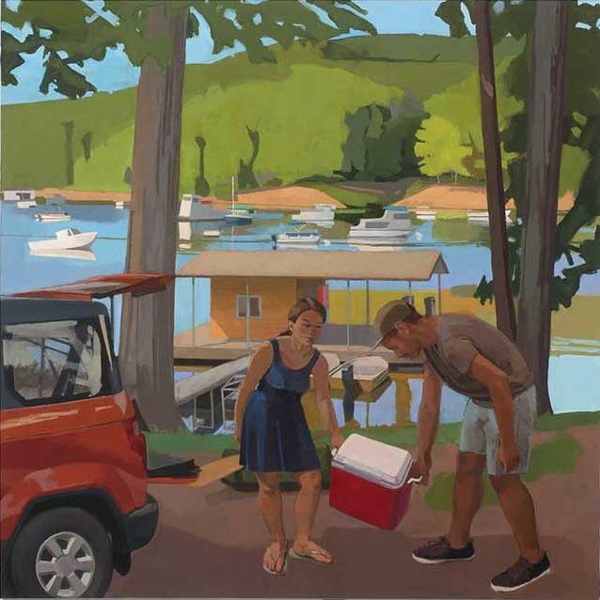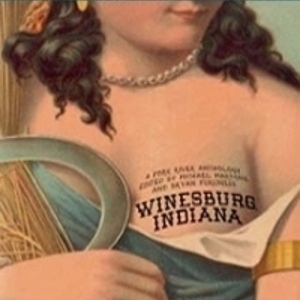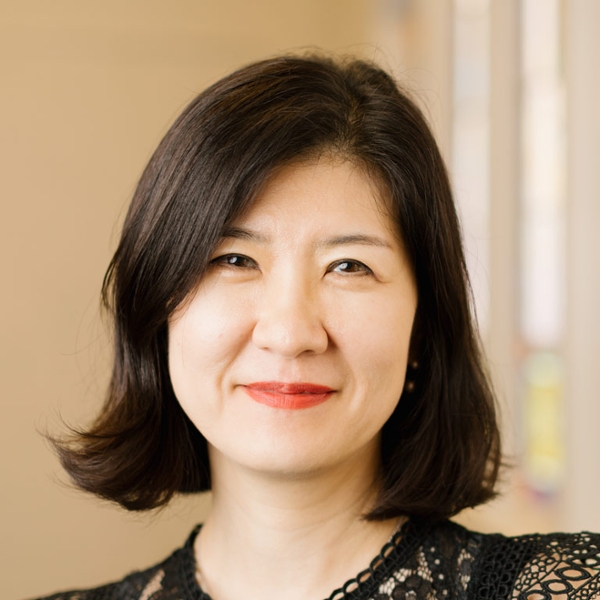For 2020, the Indiana Studies team focused on "The Style of the State."
With an intensive series of place-based endeavors combining heritage, history, demographics, social critique, politics, economics, law, and geography, the team worked to establish a more dynamic set of frameworks and a better vocabulary for understanding and addressing regional issues.













